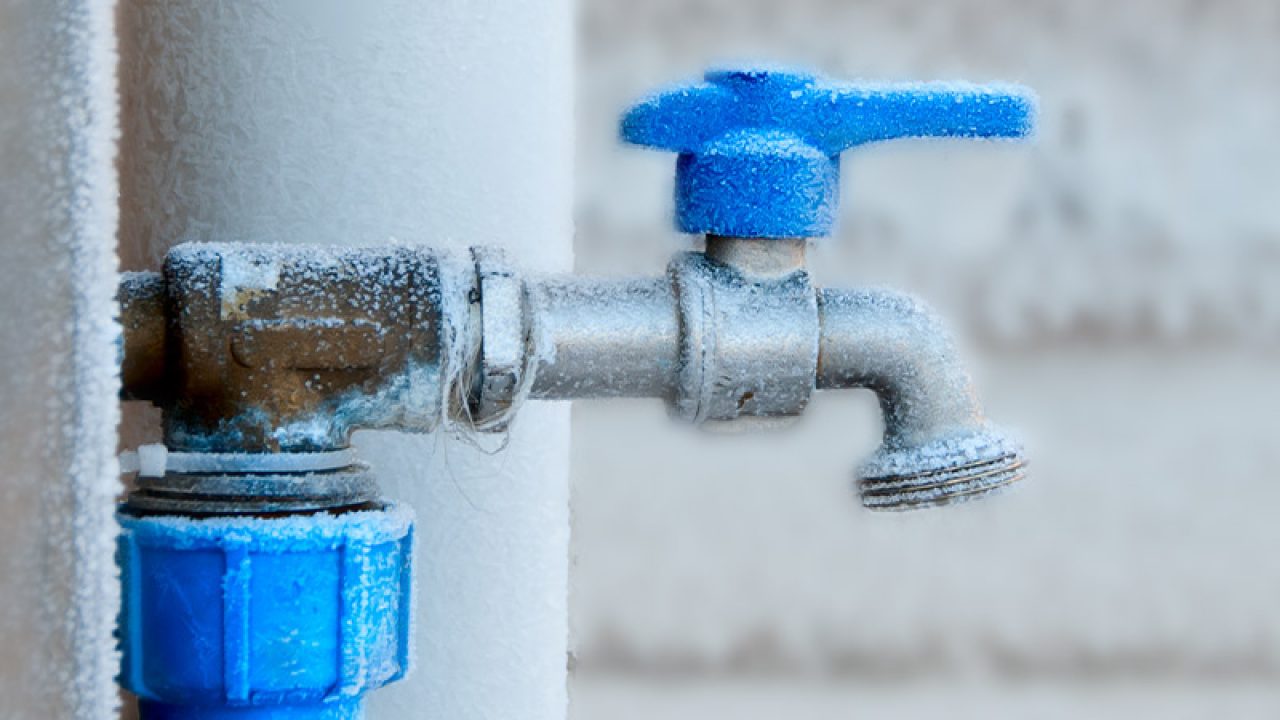Tips to Defend Plumbing System from Cold Weather: Critical Strategies
Tips to Defend Plumbing System from Cold Weather: Critical Strategies
Blog Article
We've uncovered the article on How to prepare your home plumbing for winter weather listed below on the web and figured it made sense to talk about it with you here.

Cold weather can damage your pipes, specifically by freezing pipelines. Right here's exactly how to avoid it from taking place and what to do if it does.
Introduction
As temperatures decline, the risk of frozen pipes increases, possibly leading to expensive repair services and water damages. Comprehending how to avoid frozen pipelines is critical for house owners in cold environments.
Prevention Tips
Shielding susceptible pipelines
Cover pipes in insulation sleeves or use warm tape to secure them from freezing temperature levels. Concentrate on pipelines in unheated or exterior areas of the home.
Heating techniques
Keep indoor areas appropriately warmed, specifically locations with pipes. Open cupboard doors to allow warm air to distribute around pipes under sinks.
How to recognize icy pipelines
Search for decreased water circulation from taps, unusual smells or noises from pipelines, and noticeable frost on exposed pipelines.
Long-Term Solutions
Architectural adjustments
Take into consideration rerouting pipes far from exterior walls or unheated locations. Include extra insulation to attic rooms, cellars, and crawl spaces.
Upgrading insulation
Purchase high-quality insulation for pipes, attic rooms, and wall surfaces. Proper insulation assists keep consistent temperature levels and decreases the threat of icy pipes.
Shielding Outdoor Plumbing
Garden pipes and exterior faucets
Disconnect and drain garden hose pipes prior to winter season. Set up frost-proof spigots or cover outside faucets with protected caps.
Comprehending Frozen Pipes
What causes pipes to freeze?
Pipes freeze when revealed to temperature levels listed below 32 ° F (0 ° C) for prolonged periods. As water inside the pipelines ices up, it broadens, taxing the pipe wall surfaces and possibly triggering them to burst.
Threats and problems
Frozen pipelines can bring about water supply interruptions, building damage, and pricey repair services. Burst pipes can flooding homes and trigger comprehensive architectural damage.
Indications of Frozen Pipes
Recognizing frozen pipes early can avoid them from rupturing.
What to Do If Your Pipes Freeze
Immediate activities to take
If you believe icy pipes, keep faucets open up to alleviate stress as the ice melts. Use a hairdryer or towels taken in hot water to thaw pipelines slowly.
Final thought
Stopping frozen pipes requires proactive actions and quick reactions. By understanding the causes, signs, and safety nets, homeowners can secure their pipes during cold weather.
5 Ways to Prevent Frozen Pipes
Drain Outdoor Faucets and Disconnect Hoses
First, close the shut-off valve that controls the flow of water in the pipe to your outdoor faucet. Then, head outside to disconnect and drain your hose and open the outdoor faucet to allow the water to completely drain out of the line. Turn off the faucet when done. Finally, head back to the shut-off valve and drain the remaining water inside the pipe into a bucket or container. Additionally, if you have a home irrigation system, you should consider hiring an expert to clear the system of water each year.
Insulate Pipes
One of the best and most cost-effective methods for preventing frozen water pipes is to wrap your pipes with insulation. This is especially important for areas in your home that aren’t exposed to heat, such as an attic. We suggest using foam sleeves, which can typically be found at your local hardware store.
Keep Heat Running at 65
Your pipes are located inside your walls, and the temperature there is much colder than the rest of the house. To prevent your pipes from freezing, The Insurance Information Institute suggests that you keep your home heated to at least 65 degrees, even when traveling. You may want to invest in smart devices that can keep an eye on the temperature in your home while you’re away.
Leave Water Dripping
Moving water — even a small trickle — can prevent ice from forming inside your pipes. When freezing temps are imminent, start a drip of water from all faucets that serve exposed pipes. Leaving a few faucets running will also help relieve pressure inside the pipes and help prevent a rupture if the water inside freezes.
Open Cupboard Doors
Warm your kitchen and bathroom pipes by opening cupboards and vanities. You should also leave your interior doors ajar to help warm air circulate evenly throughout your home.

I was brought to that report on Helpful Tips to Prevent Frozen Pipes this Winter from a friend on a different web address. Appreciated our piece of writing? Please quickly share it. Help somebody else find it. I enjoy your readership.
Click Here Report this page